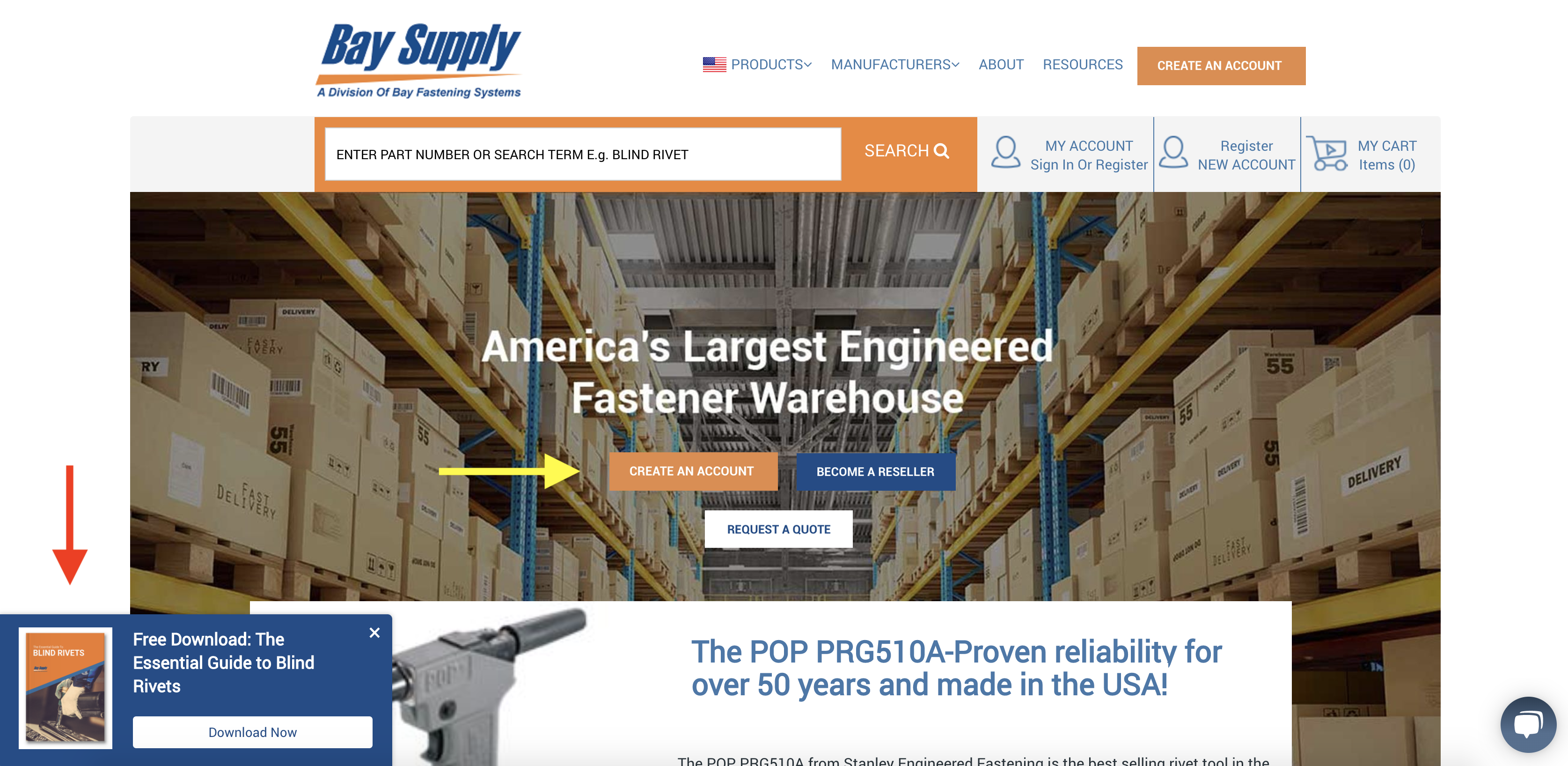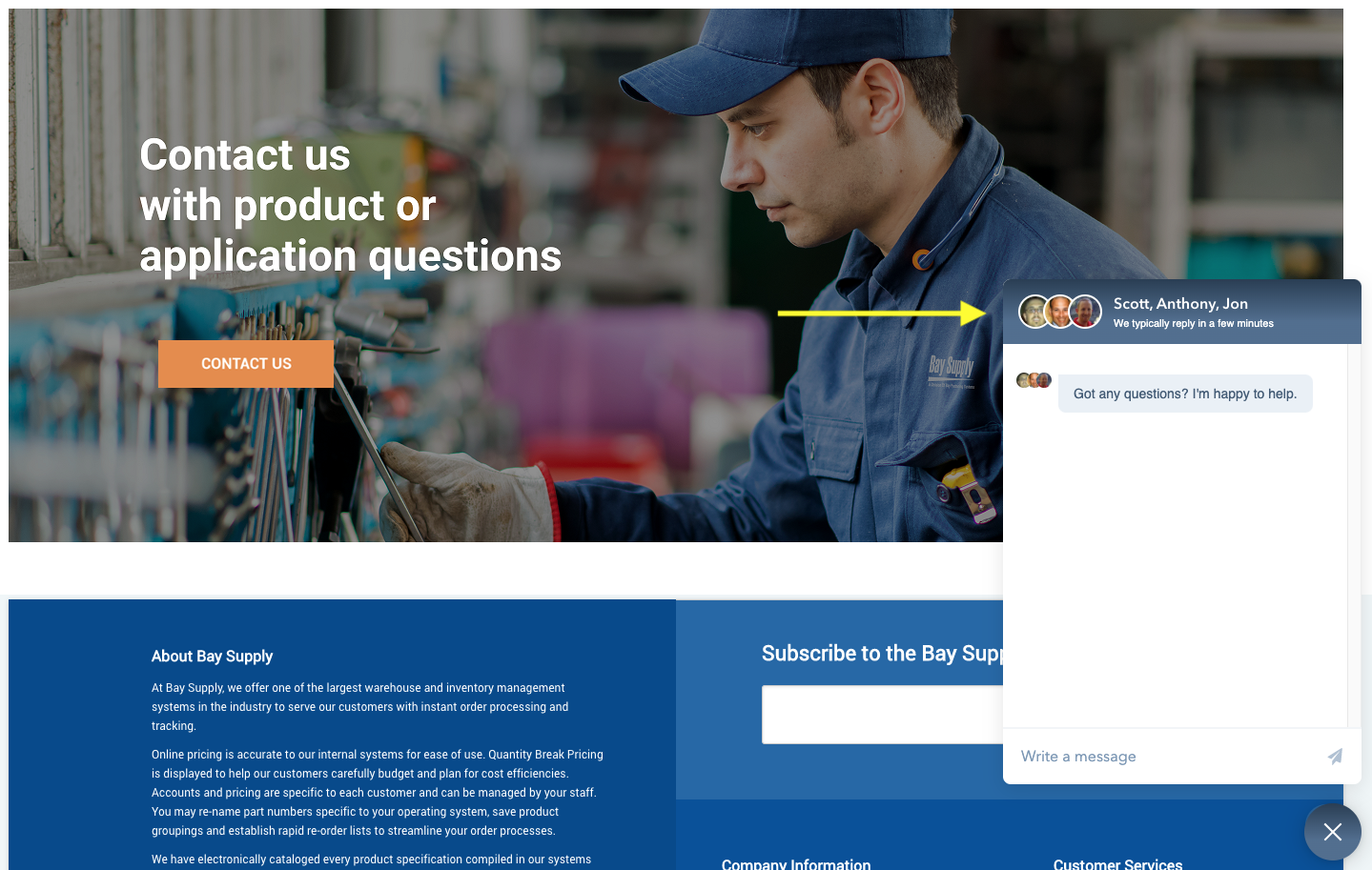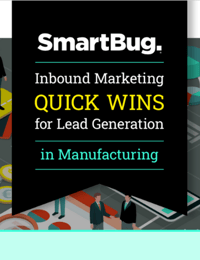
Is your manufacturing company looking to increase lead generation? Then you’ve come to the right place. There are many ways to accelerate traffic and boost lead growth—and one of the most effective is through digital marketing. In HubSpot’s words, digital marketing “encompasses all marketing efforts that use an electronic device or the internet.”With the proper strategy and implementation, digital marketing can be a powerful tool.
Trying to reach more prospects? Look no further than online. Internet usage is increasing. According to Pew Research, 81 percent of Americans can be found online daily and 28 percent of those adults are online “constantly.”
Not only can you reach more of your potential customers with digital marketing, but you can also prove ROI associated with your marketing efforts by using tracking. UTM parameters allow you to track key metrics associated with your digital marketing campaigns, therefore enabling you to report how successful the campaign was.
But enough about the reasons why digital marketing is wise to invest in—let’s uncover which specific tactics can boost lead generation.
1. Put Your Company’s Name in Your Prospect’s Inbox
Leverage your existing database and put your company top of mind by sending out a monthly email. Your email should be personalized and share quality content. Ideas include:
- Featuring a special product. Not every lead in your database is familiar with your complete product catalog. Feature a different product each month to educate your database and increase the likelihood of cross-selling.
- Sharing a case study. Did you help one of your customers accomplish a goal? Did you provide them with a solution to their problem? Share the win, no matter how big (or small)!
- Providing a product demo video. Similar to how automotive companies share vehicle walkarounds, highlight some of your company’s products and share features via video.
- Compiling a monthly newsletter. Do you have one or more of the above suggestions ready to share? Throw it all together for a monthly newsletter send.
Looking to benchmark against manufacturing industry standards? Aim for a 19.82 percent open rate and a 2.18 percent click rate.
2. Create and Promote Relevant Content
Content marketing should always be a part of your overarching digital strategy. Think about content marketing as a way to tell a story to your audience. Content comes in a variety of forms, including but not limited to: blogs, e-books, case studies, infographics, checklists, white papers, and webinars.
Make sure to gate your content behind a form on a landing page. Visitors should be required to fill out information such as first name and email before receiving access to the offer.
The Content Marketing Institute found that the highest-performing content for industrial companies comes in the form of blogs, e-books, and case studies. Here at SmartBug, we’ve seen a similar trend. In fact, through blogging, we were able to increase year-over-year organic traffic growth by 408 percent for one of our manufacturing clients, which resulted in 202 net new organic contacts.
Not sure where to begin putting together a content marketing strategy? Start with a manufacturing blog and you’ll be on your way to increasing brand awareness and lead generation.
3. Leverage Calls to Action (CTAs) and Pop-Up Forms
Adding new leads to your database is only possible when a visitor converts into a contact. One of the ways visitors can convert is by filling out a form on your website, but you have to make sure forms are easily accessible. By leveraging calls to action on your site, you provide visitors with conversion opportunities.
A great example can be seen on Bay Supply’s homepage:
- The yellow arrow points to three CTAs (Create an Account, Become a Reseller, Request a Quote).
- The red arrow points to a pop-up form that promotes an e-book (The Essential Guide to Blind Rivets).

CTAs do exactly what they say: They call a user to action. Without CTAs on your website, users will stumble around your site, not knowing where to go next.
4. Make Your Website Search-Engine Friendly
When your potential customers are searching for a solution to their problem, they go to search engines first (Google, Bing). Optimizing your website for search engines ensures its visibility when a user types in a keyword or phrase related to your manufacturing business.
Here are a few best practices to follow when it comes to SEO:
- Use a keyword tool like Moz or Google Search Console to identify: Which keywords visitors are currently using to find your website and which keyword opportunities exist (pro tip: aim to target long tail keywords with a search volume of more than 100 and a difficulty score of less than 60)
- Once you’ve identified keyword opportunities, optimize your webpages (including image alt tags), blog posts, and content offers to include those keywords.
- Improve your webpage load speed by resizing images, fixing broken links, removing any unnecessary plugins, and ensuring the user experience is optimized on all device sizes (pro tip: pay extra attention to the mobile experience, especially on product pages, because many users search on their phones).
5. Give Visitors the Option to Live Chat
When was the last time you visited a manufacturing website just to browse? Chances are, when a visitor is on your website, they’re looking for an answer. Live chat provides a way for users to ask questions and get answers immediately, eliminating frustrations around response time.
Live chat can also be a great way to handle existing customer questions, freeing up time for your sales reps and customer service reps to work on other high-priority initiatives.
Take a look at how Bay Supply initiates chat on its website by asking a simple question: “Got any questions? I’m happy to help.”

When you meet your prospects where they need answers, they’re likely to remember your company’s name when weighing all of their options.
6. Invest in Paid Media
One of the most time-sensitive ways to boost lead generation is through paid efforts. Paid marketing is proven to work for many B2B manufacturing companies. Pair your content marketing efforts with your keyword research, and you have the start of a paid media strategy. Meet your customers on search engines with paid search ads, connect with them on social media through paid social ads, or use a combination of both to generate leads. Paid media advertising not only helps your company gain more exposure, but it has the potential to capture leads in the exact places they’re searching: Google, Facebook, LinkedIn, and more.
(Looking to learn more about paid media? Check out this article from HubSpot.)
Start Generating Leads
Potential customers are out there, and they’re looking for ways to connect with your manufacturing company. By implementing a digital marketing strategy that includes one or more of the above tactics, you can boost brand awareness and make your company more visible to prospects. The long-term result? Increased lead generation and a larger database of contacts to market to.

About the author
Aubreigh Blair is the SVP, Client Operations for SmartBug. After being introduced to HubSpot in 2014, she began implementing the inbound methodology for both B2B and B2C clients. Aubreigh has experience in a variety of industries including SaaS, financial services, manufacturing, automotive, healthcare, and senior living. Today, she strategizes and implements operational efficiencies to align internal teams, with the ultimate goal of driving revenue growth. Read more articles by Aubreigh Blair.










